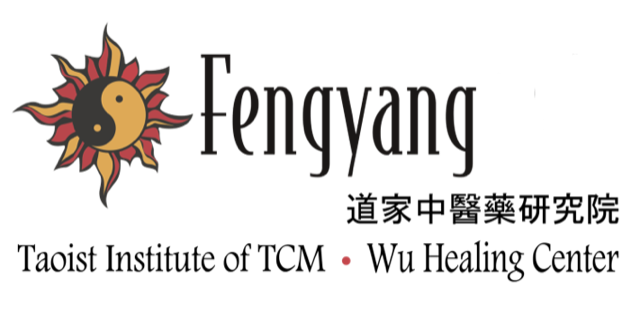Basic Technique Example — An (Pressing) Technique
03/30 Tuina Course 3: “Pressing Method” in Tuina Techniques
The pressing method (An Fa) is one of the fundamental and commonly used techniques in Tuina. Its core principle is applying vertical pressure to specific areas or acupoints on the body surface to relax muscles, promote qi and blood circulation, and relieve pain. Below are the operational essentials and precautions:
⸻
I. Key Techniques
1. Vertical Force, Steady and Sustained
• The applied force should be perpendicular to the body surface to avoid slippage or skin damage caused by oblique pressure.
• Begin with light pressure, gradually increasing in depth, allowing the force to penetrate into the deeper tissues rather than staying on the surface.
• Once the patient experiences sensations like soreness, distension, or numbness (“deqi” sensation), maintain the pressure for a few seconds, then release slowly.
2. Selection of Area and Method Variations
• Finger Pressing: Using the pads or tips of the thumb, index, or middle finger, suitable for acupoints or small areas (e.g., Hegu [LI4], Zusanli [ST36]).
• Palm Pressing: Using the heel of the palm or the entire palm, suitable for larger areas such as the lower back or abdomen (e.g., lumbar strain).
• Elbow Pressing: Using the elbow tip (olecranon), which applies stronger pressure, ideal for areas with thick muscles (e.g., Huantiao point on the buttocks).
3. Rhythm and Frequency
• Press for 3–5 seconds, then release — this counts as one cycle. Repeat 5 to 10 times with a slow and steady rhythm, avoiding abrupt or forceful movements.
⸻
II. Precautions
1. Avoid Violent Techniques
• Adjust the pressure according to the patient’s constitution and the area being treated. Be especially gentle with the elderly, weak individuals, or those with osteoporosis.
• Do not apply pressure to bony protrusions, tumors, inflamed areas, or broken skin.
2. Coordinate with Patient’s Breathing
• Instruct the patient to exhale during pressing and inhale during release to enhance relaxation and reduce discomfort.
3. Observe Patient Reactions
• If the patient experiences sharp or radiating pain, stop immediately and adjust the technique or check for contraindications (e.g., fractures).
⸻
III. Applicable Areas & Effects
• Common Applications: Neck and shoulder tension (e.g., Fengchi point), lumbar stiffness (e.g., Shenshu point), knee pain (e.g., Xiyan point).
• Therapeutic Effects: Relieves muscle spasms, improves local blood circulation, and regulates internal organ functions (e.g., palm pressing on the abdomen to promote gastrointestinal motility).
⸻
IV. Advanced Techniques
1. Training Penetrative Force
• Use body mechanics such as relaxing the shoulders, hanging the elbows, and suspending the wrists to channel force through body weight instead of just using arm strength.
2. Combining Compound Techniques
• Integrate pressing with kneading (An-Rou Fa), or combine with pointing, rolling, or lifting techniques to enhance therapeutic outcomes.
⸻
Training Focus:
Mastery of the pressing method lies in penetrative force and steady, accurate control. Long-term practice is essential to cultivate the balance of “firmness and gentleness” in applying pressure.
Fengyang Tuina Training Team
Wu Mingjie Academy
